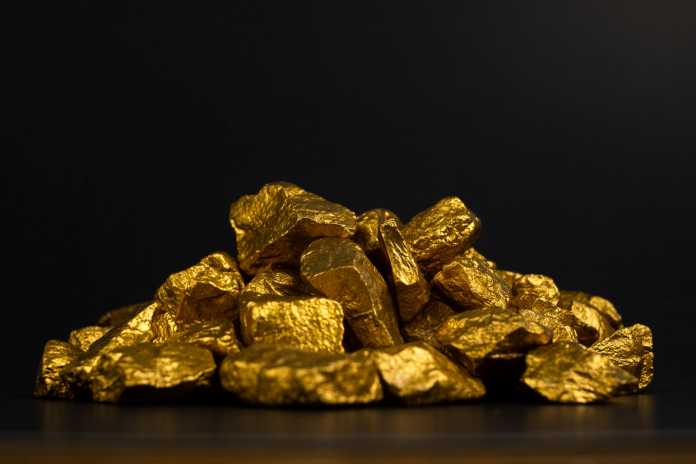Gold Market Reaction to US Inflation Data
Gold prices exhibited volatility after recent US inflation data came in below forecasts, which may influence the Federal Reserve’s decision on rate cuts. Initially, bullion experienced some losses but stabilized as the Producer Price Index (PPI) figures fell short of economists’ predictions. Market participants are now awaiting the Consumer Price Index (CPI) data scheduled for release on Wednesday.
Despite the PPI and CPI being important indicators, the core personal consumption expenditures (PCE) price index is the Fed’s preferred measure for assessing underlying inflation trends. However, the PPI and CPI still offer valuable insights into potential shifts in the Fed’s interest rate policy. Lower interest rates are generally favorable for non-interest-bearing assets like gold.
Factors Influencing Gold’s Performance
Gold prices have risen approximately 20% this year, driven by optimism surrounding potential rate cuts and substantial purchases by central banks. As a traditional safe-haven asset, gold has also benefitted from geopolitical tensions, including conflicts in Ukraine and the Middle East. Ewa Manthey, a commodities strategist at ING Bank NV, noted that gold’s trajectory will be influenced by expectations of the Fed’s rate decisions and the upcoming US presidential election.
Rhona O’Connell, an analyst at Stonex Financial Ltd, emphasized that gold’s positive factors outweigh any potential challenges in the longer term. Spot gold was trading at $2,471.73 per ounce as of 3:02 p.m. in London. Meanwhile, the Bloomberg Dollar Spot Index decreased by 0.2%, and US 10-year Treasury yields also declined.
In the broader precious metals market, palladium prices increased, while platinum and silver saw declines.
Featured Image: Freepik



